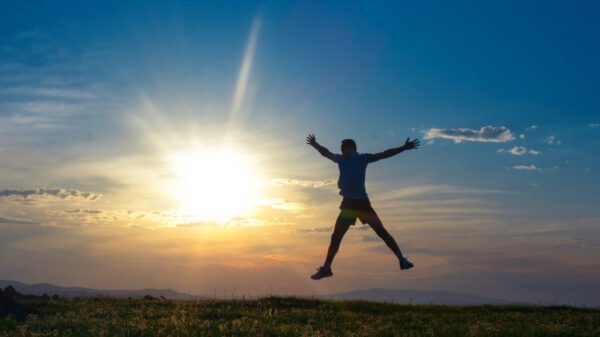The Safety of Walking Barefoot: Expert Tips and Exploring Amazing Benefits
Discover the numerous advantages of walking or working out barefoot, including reduced inflammation, improved sleep, and decreased stress levels. Learn valuable tips on how to incorporate this practice into your routine and make the most of its amazing benefits.
Experience the soothing and relaxing sensation of walking without shoes while reaping the benefits for your heart health, blood pressure, and foot conditions like plantar fasciitis. Grounding, as it’s known, connects us to the Earth’s surface and restores a natural electrical balance in the body. Explore the potential advantages of barefoot walking, such as pain and inflammation reduction, enhanced sleep, boosted immunity, decreased stress levels, and overall well-being.
Walking barefoot offers better control of foot position, reduces heel strike pressure, and improves foot arch, as well as strengthens foot and leg muscles and ligaments. Enjoy improved ankle and foot range of motion, along with reduced stress on the ankle, knee, and hip.
If you’re new to barefoot walking, start slowly and gradually increase the duration. Begin by walking on wet surfaces like wet grass to enhance comfort for your feet.
Learn from Lalchawimawi Sanate, PT, LCCE, a Senior Physiotherapist at Cloudnine Group of Hospitals, Sahakarnagar Unit, Bengaluru, as she shares the physical health, foot condition, and mental health benefits of walking barefoot.
Discover the following benefits of walking barefoot: improved foot arch and decreased risk of flat feet and conditions like plantar fasciitis; enhanced circadian rhythm, which regulates important bodily functions like sleep, hormones, and emotions; prevention of foot deformities caused by ill-fitted shoes; improved sensory feedback, body awareness, proprioception, and balance; better foot mechanics, including foot arch improvement and muscle and ligament strengthening; maintenance of normal ankle and foot range of motion and reduced stress on the ankle, knee, and hip; and improved sensory-motor development through walking on various surfaces.
Follow these tips to start walking barefoot: engage in small foot exercises to strengthen the complex structure of your feet; begin by walking barefoot indoors to develop calluses and increase foot sensitivity; gradually transition to walking barefoot outside, starting with 5-15 minutes on wet surfaces like wet grass; consider minimalist shoes if the transition is challenging, as they can help improve foot strength; choose clean walking areas to avoid injury or infection; and consult with a doctor or physiotherapist if you have existing cuts, health conditions, or foot-related issues like plantar fasciitis or weak foot muscles.
For pregnant women, it’s advised to do floor exercises barefoot, such as Antenatal Pilates, Yoga, belly dancing, and low-impact aerobics on an exercise mat. Walking barefoot outside the house during pregnancy is not recommended unless previously practiced. Instead, consider using minimalist footwear when walking outdoors to alleviate plantar fasciitis and strengthen your feet and balance during pregnancy.
Encourage your toddler to walk barefoot on various surfaces like floors, grass, sand, and soil to improve sensory-motor skills, proprioception, and body awareness. Avoid rushing to put shoes on your toddler and ensure the walking surface is clean and free from sharp objects. Studies have shown that children who wear closed shoes for extended periods have a higher incidence of flat feet compared to those who wear sandals or limit closed shoe usage to 2-3 hours a day.








